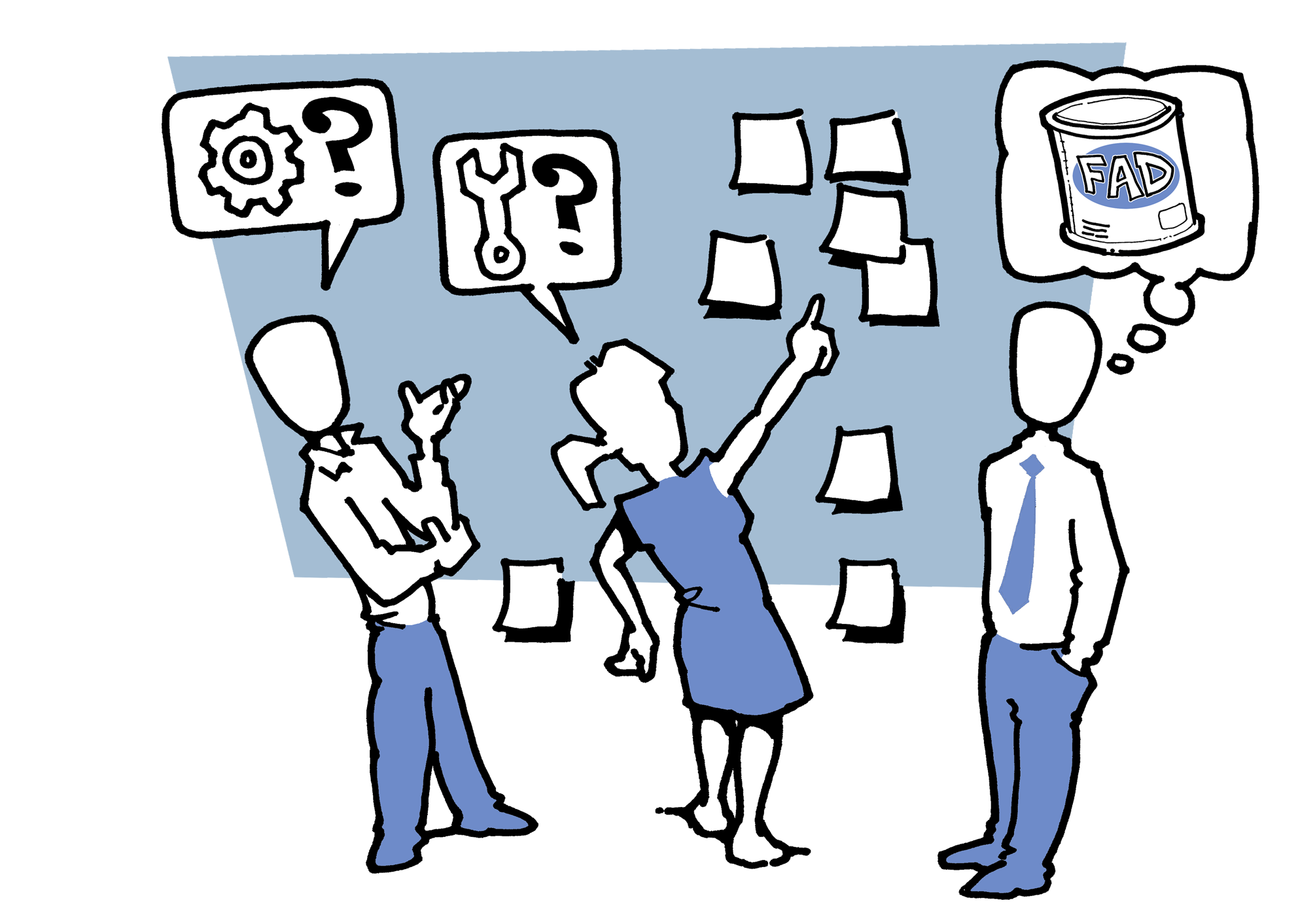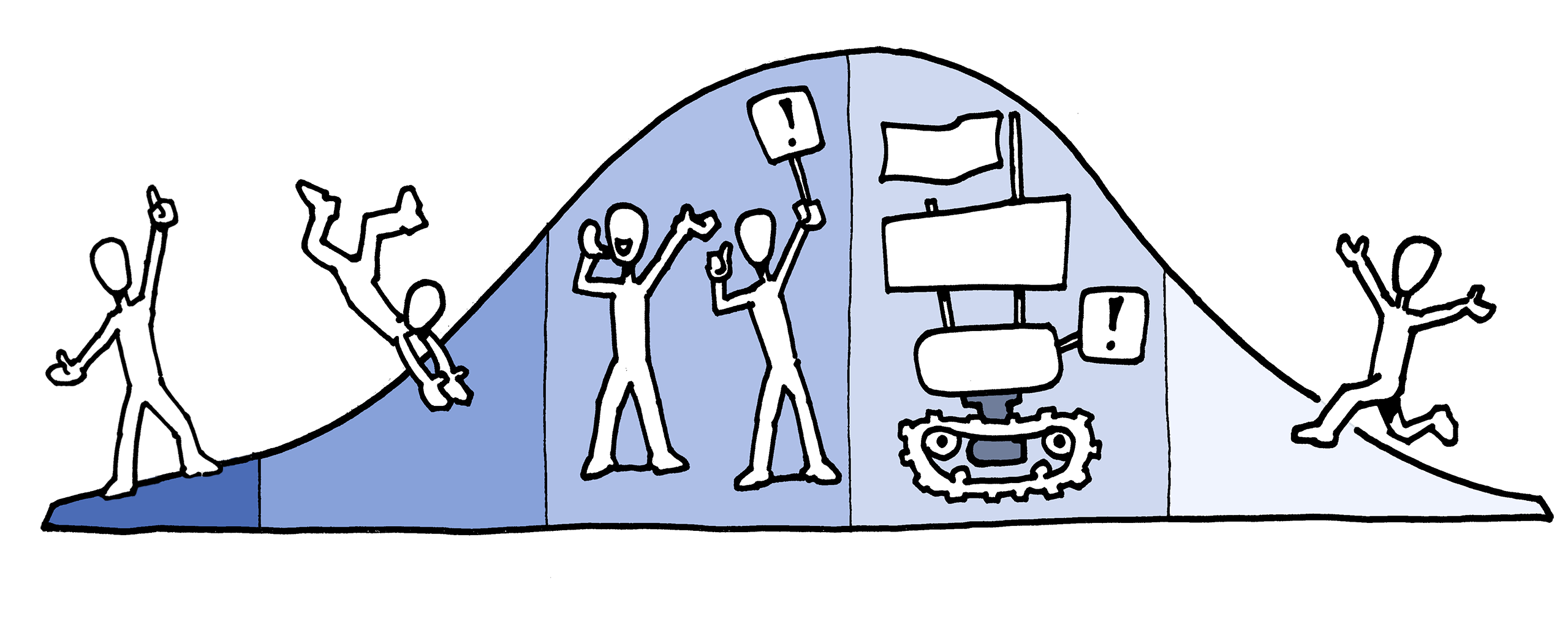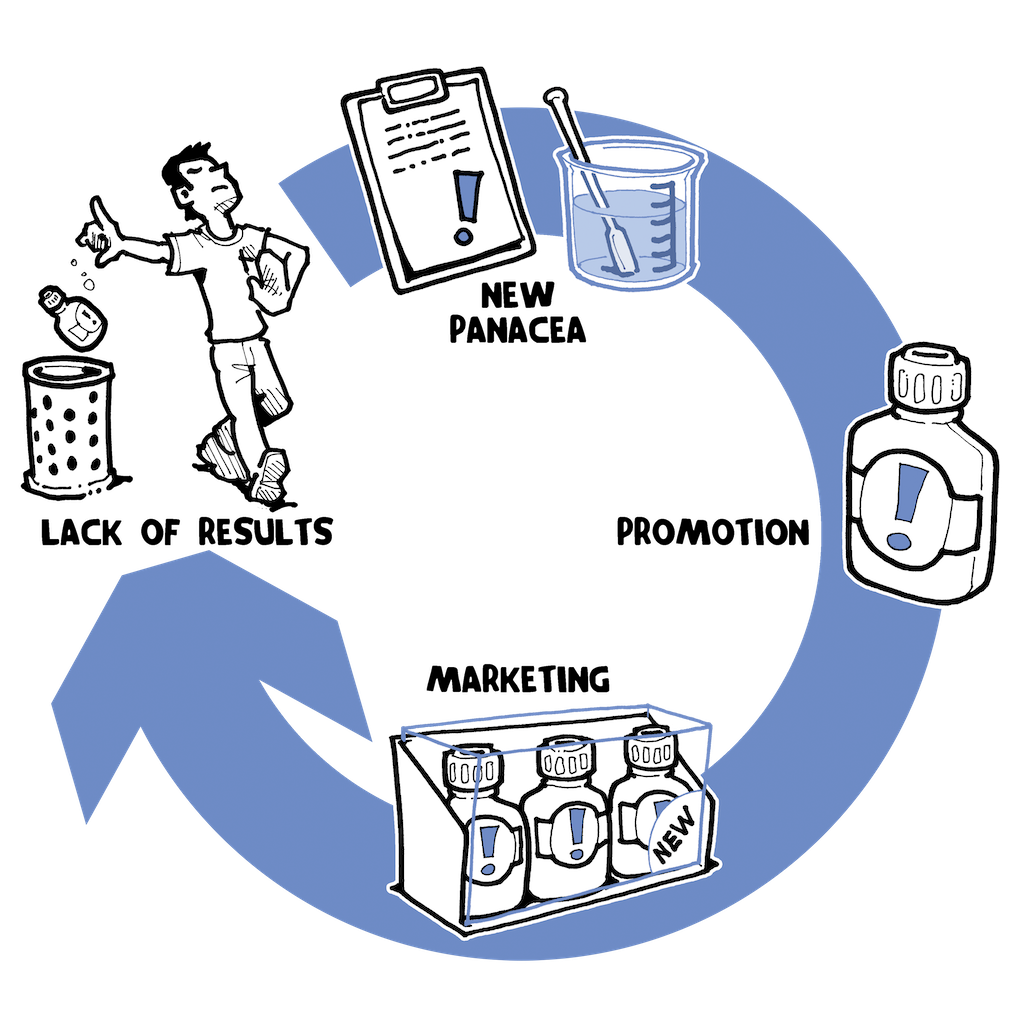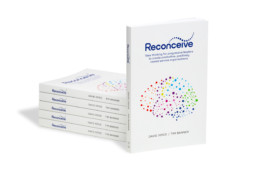
Over the course of time, various methodologies to improve organisations have come and gone. Magic cures or panaceas promised to solve our problems but, instead, turned into fads and died, only to make way for the next wave of ‘new thinking’ and jargon. Let’s investigate Agile methodologies and whether they are just another fad, or if there is a better way for organisations to achieve true agility.
WHEN DOES A METHODOLOGY TURN INTO A FAD?
A magic cure, panacea, or fad is a methodology that can be characterised using the diffusion of innovations (DOI) theory developed by E. M. Rogers.1 The model indicates that the first group of people to embrace something new are called ‘Innovators’, followed by ‘Early Adopters’. Next, are the ‘Early Majority’, followed by the ‘Late Majority’, and with the last group to eventually adopt termed the ‘Laggards’.
Attached to each of these adopter phases are belief systems that develop around the so-called cure. For example, when a new methodology is created, the Innovators begin to use it. Next, the Early Adopters jump in, promoting the promise that this methodology is better than the last. Popularisation occurs in the Early Majority through promulgation by ‘thought leaders’ who write books, articles, blogs, social media posts, and present at conferences. The big consultancies then market and sell frameworks and solutions to the Late Majority, and, finally, the ‘Laggards’ catch up through ‘fear of missing out’ (FOMO).

When the purported benefits of a methodology do not materialise or cannot be sustained, it is labelled a ‘fad’, begins to lose favour, and eventually dies out. However, even when there are numerous, well publicised failures, there will be those who remain loyal and believe that it would have worked, but that ‘people didn’t do it properly’. The most common defence is to point to what has worked and ignore everything else. After all, ‘It works perfectly well, if you do it right’ is the defender’s retort.
The greatest irony, though, is that as one methodology wanes, a new methodology appears to take its place – often the same methodology, but repackaged in new language. And then we are off again with Innovators, Early Adopters… We call this the Fad Lifecycle.

ARE AGILE METHODOLOGIES LIMITED?
If you are involved in transformation today, then you will no doubt be aware of the term Agile. Agile started as a manifesto to guide software development, but over the ensuing years it morphed into a methodology for project management. More recently, companies selling the Agile solution recommend that it should be implemented across the entire organisation.
Certainly, an outstanding job has been done at marketing Agile methodologies, so much so, that today, Agile is in no doubt part of the mainstream lexicon, with both the Late Majority and Laggards now embarking on transformations using ‘Agile ways of working’. Agile has become trendy and is promoted as the real cure to outdated command-and-control styles of management, extending well beyond the purpose for which it was created.
Unfortunately, as we have seen through the Fad Lifecycle, popularity doesn’t necessarily translate to results. Experience shows that Agile methodologies are limited in what they can do to transform organisations and are at serious risk of joining their predecessors in the long procession of failed fads. Remember Total Quality Management, Process Re-Engineering, Balanced Scorecard, Core Competencies, and Self-Directed Teams? Time has proven that they, too, were not the cure they claimed to be.
Even so, organisations have invested significant outlays on Agile transformation programs, but when these programs are studied to assess their ability to influence and create a sustained shift in organisational behaviour and leadership capability, all are found wanting.
When we work with organisations that use Agile methodologies, employees inform us that their organisation may appear agile, but they refer to it as ‘putting lipstick on a pig’. They cite, for example, that they may look agile with all the trademark symbols like Post- Its on the walls, stand-up meetings, and new ways of working, but beyond this veneer, little of substance has changed.
Agile methodologies are limited. They lack the practical methods and leadership tools based on sound organisational theory required to solve the core issues that hinder true agility, such as control from above; negative mythologies underpinning culture; stultifying systems and structures; quality of leadership; unproductive behaviour and activity; and lack of clarity in role, accountability, authority, and working relationships.
Agile methodologies ignore these core issues and, instead, focus on the low-hanging fruit: the work and organisation of the work. The reason Agile methodologies fall short is the lack of a foundation in good organisational theory that addresses why people behave as they do and how to build a productive organisation. Through the lack of practical methods and leadership tools to solve core issues, along with an absence of real knowledge and testable theory, the potential benefits from introducing Agile methodologies are predictably constrained and often not realised at all.
In light of Agile methodology transformation failures, there are those that claim that newer Agile methodologies – such as DevOps, Modern Agile, The Spotify Way, and Strategic Agility – will ‘do it this time’. And here begins the first stage of the never- ending Fad Lifecycle!
MAKING THE POTENTIAL OF ORGANISATIONAL AGILITY A REALITY
Progressive leaders are aware of the fad lifecycle and the trendy nature of Agile methodologies. They recognise the limitations in these approaches. They understand that these methodologies do not create a sustained shift in organisational behaviour and leadership capability, or lead to the changes in organisational systems and structures necessary to ensure lasting improvements in their organisations.
To realise the considerable potential of an Agile organisation, there first needs to be a reconceiving of the organisation’s core – one where sound organisational theory, practical methods, and leadership tools are used to create a productive organisation, which results in:
- everybody having clarity of what they do, how well they are working, as an individual and as part of a team, and what authority they have to make decisions;
- productive social cohesion that enables people to work productively to their potential;
- structures that recognise work complexity to ensure everyone works on the right work, has the right authority, the right capability, and demonstrates positive behaviour;
- well-designed systems where everyone can use judgement and discretion and are enabled to improve the way their work is done;
- technology that complements human activity, enhances cognitive processes, automates simple and repetitive tasks, and further improves productive work;
- measurement systems that give insight into how well the organisation understands and delivers the things that achieve purpose;
- a continual and systematic understanding of shared mythologies underpinning existing organisational culture through understanding how people experience their work, their leaders, their colleagues, and the organisation;
- clear understanding of all hierarchical and lateral working relationships; and
- leaders that consistently use positive leadership behaviour and symbolism to create, maintain, and improve the culture of a group of people so that they achieve objectives and continue to do so over time
Our own recent experience provides a telling example of the contrast between implementing an Agile methodology versus adopting practical methods and leadership tools to create a productive organisation. A large Australian organisation had undertaken an Agile transformation. Nearly every workspace had Post-Its on the walls, stand-up meetings were occurring daily, and the organisation had been reorganised into Squads, Chapters, Tribes and Guilds using the Spotify Model.2 Training had been conducted throughout the organisation, and various Agile coaches had been employed to facilitate learning and improvement.
Senior leaders, however, were disappointed with the results, and we were called into the organisation to help to identify and address what wasn’t working as it should be. We applied the practical methods and leadership tools to build leadership capability, create a productive organisation, and create lasting positive change in people’s behaviour and culture. Once this organisational shift was made, the long sought after results were realised and recognised throughout the organisation as a successful transformation.
A highly regarded Agile practitioner, and one of the original authors of the Agile Manifesto, visited the organisation and was amazed by the positive impact the new productive organisational design had along with the positive resulting change in behaviour.
Through the application of new thinking in an organisation, it is finally possible to achieve true agility and break free of the Fad Lifecycle.

This article contains excerpts from Chapter 3 of our latest book Reconceive: New thinking for progressive leaders to create productive, positively viewed service organisations
SUBSCRIBE FOR LATEST ARTICLES
If you’d like to read our latest articles then we can send them to you each time they are published. Please subscribe below.